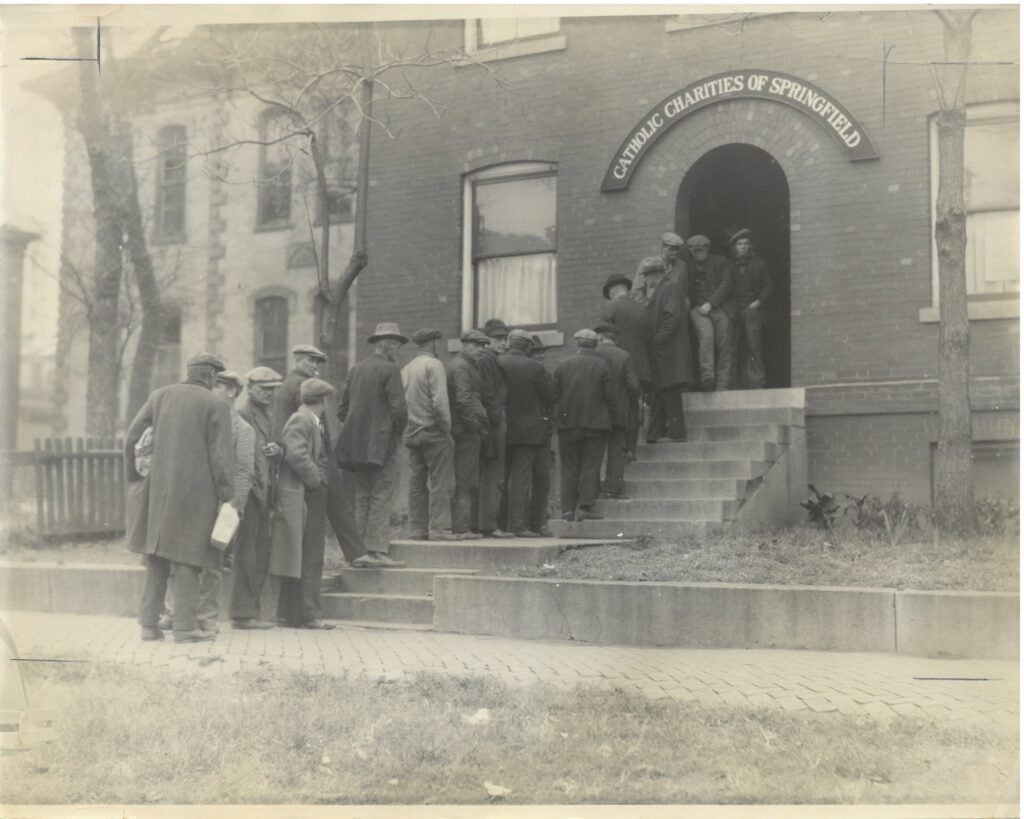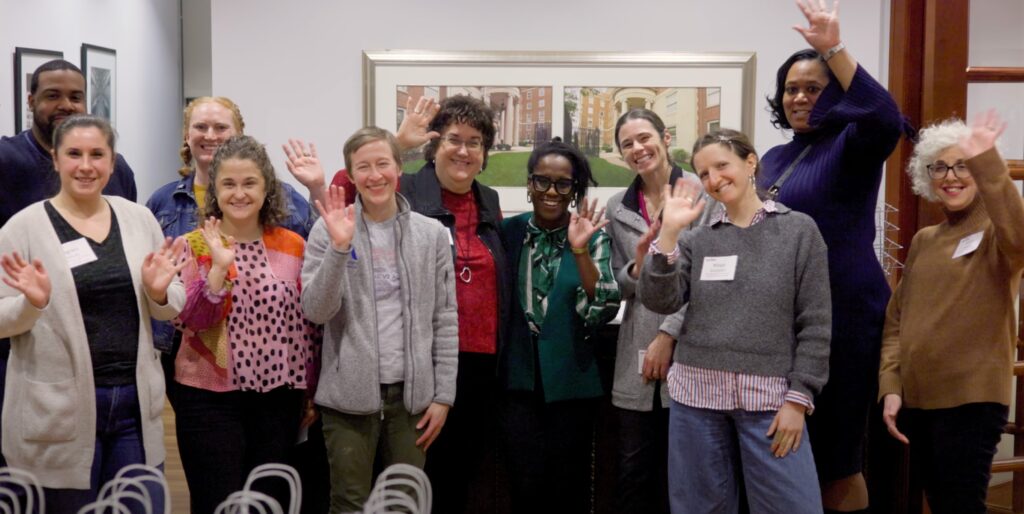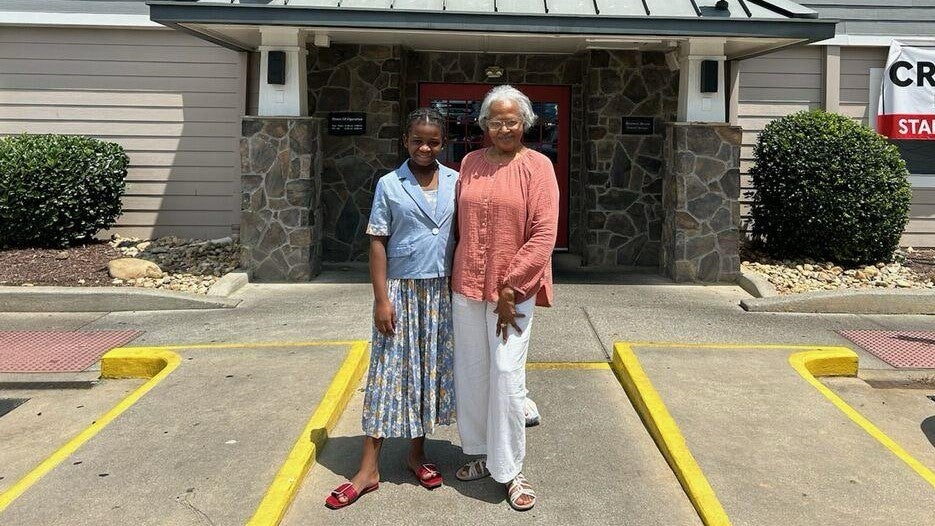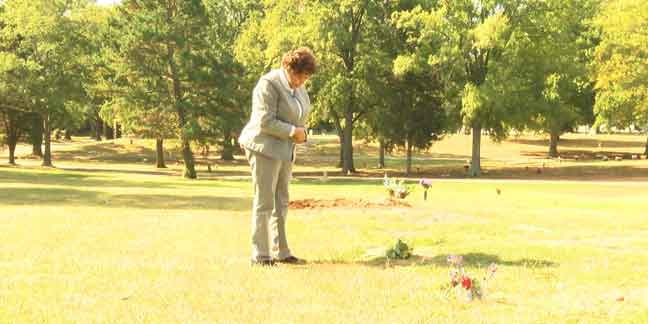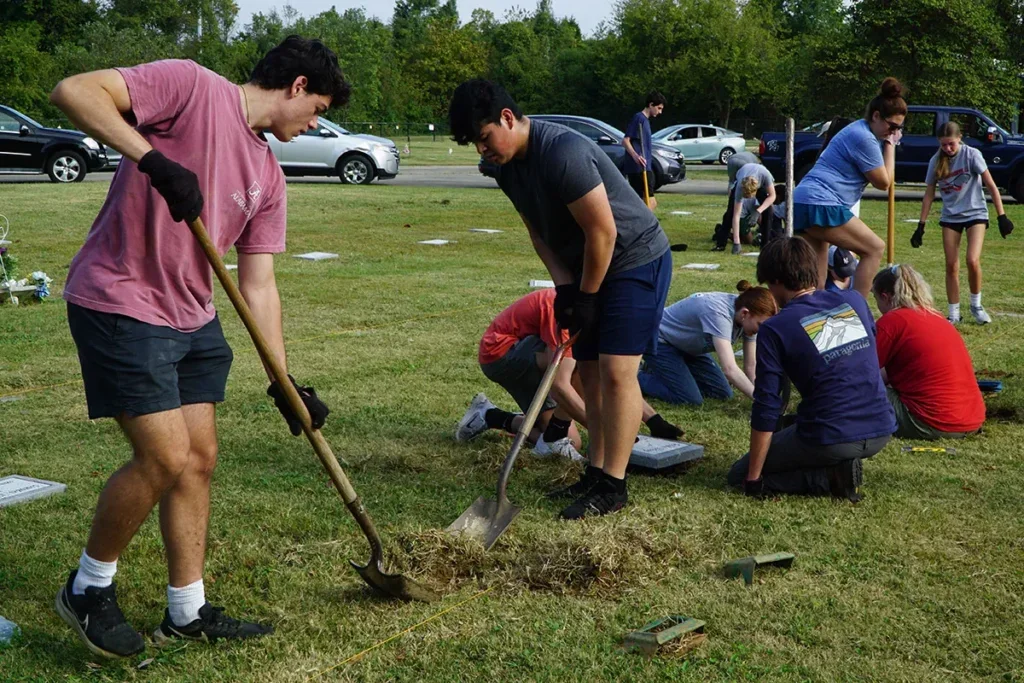
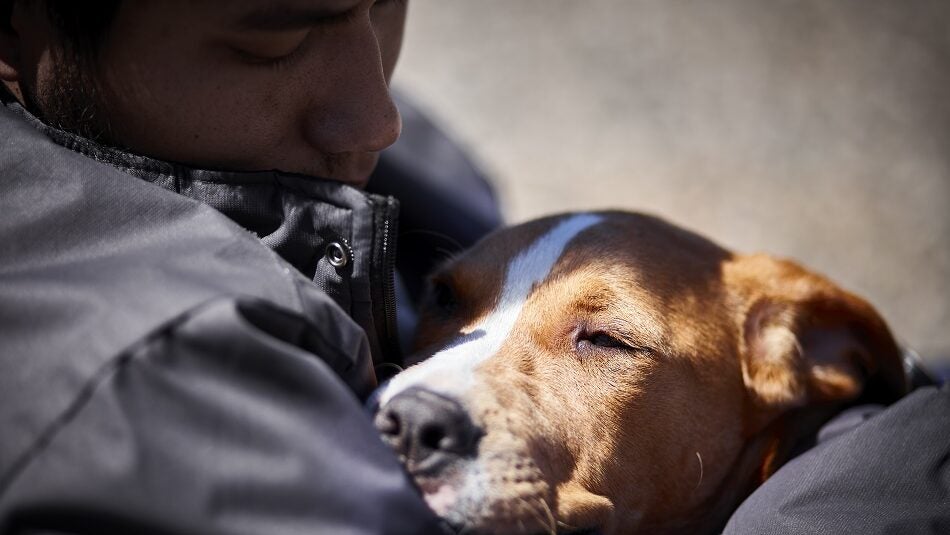
Catholic Charities of Santa Rosa (CCSR), in addition to its many social services, operates three homeless shelters, each serving specific populations:
- Samuel L. Jones Hall (SLJH) offers shelter for up to 123 individual adults and couples without children. It is the largest full-service shelter in northern California and provides congregate living in dorms with up to 70 beds each.
- The Family Support Center (FSC) has 138 beds for families with children in both congregate and private rooms. It provides case management, employment/housing counseling, referrals for medical screenings, and other support services.
- Nightingale is a short-term medical respite shelter with 26 beds.
In 2016, CCSR shelters began a three-part transition: first to a low-barrier model, then to accommodate service animals, and finally to accept pets at their individuals’ shelter.
Transitioning to low-barrier housing-focused shelter model
CCSR decided to change their shelter model to one that accommodated residents regardless of their needs. They were motivated to make this change based on trends happening inside and outside of their shelters: Their region of California was experiencing an increase in older, chronically homeless individuals and the homeless population was growing, so it no longer made sense to screen people out of accessing services.
The transition to a low-barrier model would require broad community and organizational buy-in. CCSR shelters had become de facto long-term programs instead of short-term places to stay during a housing crisis.
Shelter leadership wanted to flip this structure to empower individuals, provide safe emergency shelter, and — like an emergency room — prioritize the most vulnerable.
Accommodating emotional support and service animals
As part of the transition to a lower-barrier shelter model, CCSR began allowing service and emotional support animals into the shelters to comply with the Americans with Disabilities Act (ADA) and Fair Housing Act. Prior to this shift, people were asked to find other arrangements for their service animals.
All the shelters underwent significant planning before accepting the animals. Staff were trained to work with animals, local veterinarians were consulted about accommodating service animals, and protocols were written to deal with the animals.
Accommodating support animals helped CCSR and its partner outreach team understand that animal separation was one of the most common reasons unsheltered individuals were avoiding shelters. It also made it clear that accepting pets was feasible.
How it Works: Accepting animals at SLJH
SLJH used the following guidelines in accepting pets:
SLJH only accepts dogs and has no limits on the size or breed of the animal.
The only restrictions on dogs are behavior-based: If a dog is aggressive or violent on the street, they are not allowed into the shelter. Instead, the outreach team works with the owner to facilitate the animal’s move into fostering while the person enters the shelter.
Currently, the shelter does not accept cats unless they are a service or emotional support animal.
Animals are allowed into the shelter if they have a rabies certification, are spayed/neutered, and are not otherwise a threat to public health and safety.
Physical accommodations for animals
SLJH supplies bedside crates or outdoor kennels for the animals to sleep in. There are designated areas on the property for the owners to walk their dogs.
The shelter staff intentionally assigns individuals to specific dorms based on several factors including ownership of an animal. This helps to separate animals from those who have animal allergies or fears.
Pets are not allowed to roam freely throughout the space. It is the responsibility of the owner to clean up after his or her animal and to keep it on a leash when it is out of its crate or kennel.
If an animal and its owner do not meet the requirements or the animal is a threat to safety or health, the staff engages the owner to fix the issue. If the animal must leave, the staff facilitate a fostering process for the animal while the owner remains in the shelter.
Helping people with animals find housing
CCSR shelters are housing-focused and work to help residents move back into permanent housing. That includes assisting residents with pets. Staff have encountered barriers to securing permanent housing for those with animals: Some landlords don’t want to take pets and others charge a pet deposit fee. Shelter staff approach this barrier as part of their housing navigation role. They help residents connect with pet-friendly landlords and pay the security deposit if needed. Staff also take time to educate landlords about the ADA and Fair Housing Act so that they know their legal obligations to accept service and emotional support animals.
Partnering with local organizations to accommodate animals
CCSR has many partners that make this work possible. A local mobile veterinarian clinic travels with the outreach team to spay/neuter and give animals rabies shots so that the animals are eligible to enter the shelter. Also, the local animal control agency performs wellness checks on animals staying with their owners on the streets. This is a helpful engagement tool and builds trust between outreach workers and the unsheltered animal owners.
Challenges and opportunities
Switching to a low-barrier model and accepting animals brought new challenges to the shelter. SLJH had been high-barrier for so long that it needed assistance from outreach teams and other community partners to communicate to people living on the street that the shelter was now more accommodating.
Lowering the barriers to shelter and accommodating animals has encouraged people to finally enter shelter, even if they had avoided it for years. Now, the most vulnerable people have an opportunity to enter the shelter and find an end to their homelessness through permanent housing.
[This story is excerpted from an article by, and used with permission from, the National Alliance to End Homelessness.]

